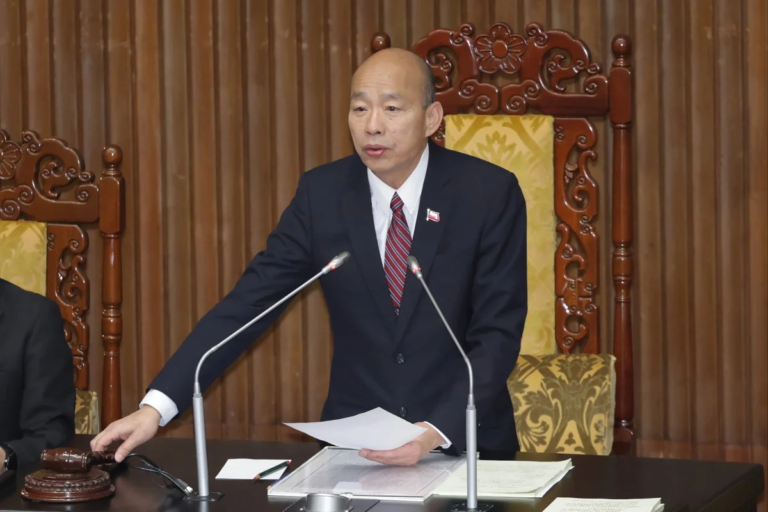
The Chinese navy has marked its first use of artificial intelligence (AI) in an exercise for warship degaussing, or magnetic immunisation.
AI integration increased the efficiency of the process by 60 per cent, potentially boosting the stealth capacity and survivability of China’s expanding submarine fleet, state media reports said.
The combat-readiness degaussing exercise took place recently at a PLA Northern Theatre Command naval base, state broadcaster CCTV reported on Sunday.
The simulated emergency drill marked the first operational deployment of an AI-assisted decision-making system, and enhanced performance far beyond traditional manual methods, it said.
The base commander, who was not identified, told the official PLA Daily that “degaussing is vital to a warship’s survivability on a modern battlefield”.
Troops simulated a “combat-oriented” approach, using acoustic and electromagnetic modelling to test the process under realistic conditions, the newspaper quoted the commander as saying in a report published on Saturday.
According to the report, AI systems used in the drill processed real-time data from magnetic detectors and environmental sensors, automatically adjusting electric currents in degaussing coils based on ocean temperature, vessel speed and other changing factors. This capability can optimise magnetic stealth under unpredictable conditions at sea.
Degaussing reduces a warship’s detectability by decreasing its magnetic signature, which builds up over time from the Earth’s magnetic field and mechanical operations on board.
Left unchecked, this signature makes vessels vulnerable to sea mines designed to detect magnetic fields and explode when within proximity.
Footage of the drill aired by CCTV showed the Type 054A guided-missile frigate Yantai (Hull number 538) request urgent degaussing after simulated damage.
An emergency support team was deployed, with sailors rapidly positioning magnetic detectors and laying cables.
“In real combat, there’s no margin for error,” Liu Yunhe, a sailor involved in the drill, told CCTV. “The moment we activated the degaussing current, it truly felt like our post was the battlefield.”
The increased efficiency offered by AI is expected to further reduce the PLA Navy’s vulnerability to magnetic anomaly detectors or MAD – critical tools in anti-submarine warfare – thus significantly enhancing the stealth capabilities of the Chinese submarine fleet.
The Chinese submarine fleet is a primary focus of the US-run Integrated Undersea Surveillance System in the Pacific, a sophisticated tracking network with major nodes near Guam and the Philippines.
China’s investment in AI-driven naval stealth technologies pose a challenge to traditional Western anti-submarine warfare systems in the region, according to Malcolm Davis, a senior analyst at the Australian Strategic Policy Institute, who urged members of the Aukus alliance – Australia, Britain and the United States – to prioritise counter-AI technologies to maintain dominance at sea.
“There needs to be a dramatic acceleration in the development of advanced autonomous systems at sea, both on and under the waves, emphasising smart and intelligent capabilities fully employing AI,” Davis said. “The goal should be rapidly gaining a knowledge edge, denying that same edge to the adversary.”
Colonel Sun Hui, an officer at the Northern Theatre Command naval base, said the degaussing exercise reflected a broader shift in PLA logistics training.
“All 12 new recruits were integrated into the emergency support unit and tested in high-risk scenarios,” he told CCTV.
“This marks a transformation in our training approach, aiming to ensure new recruits are combat-ready from day one. We will increasingly assign recruits to critical frontline roles to quickly form elite degaussing units capable of winning wars.”





